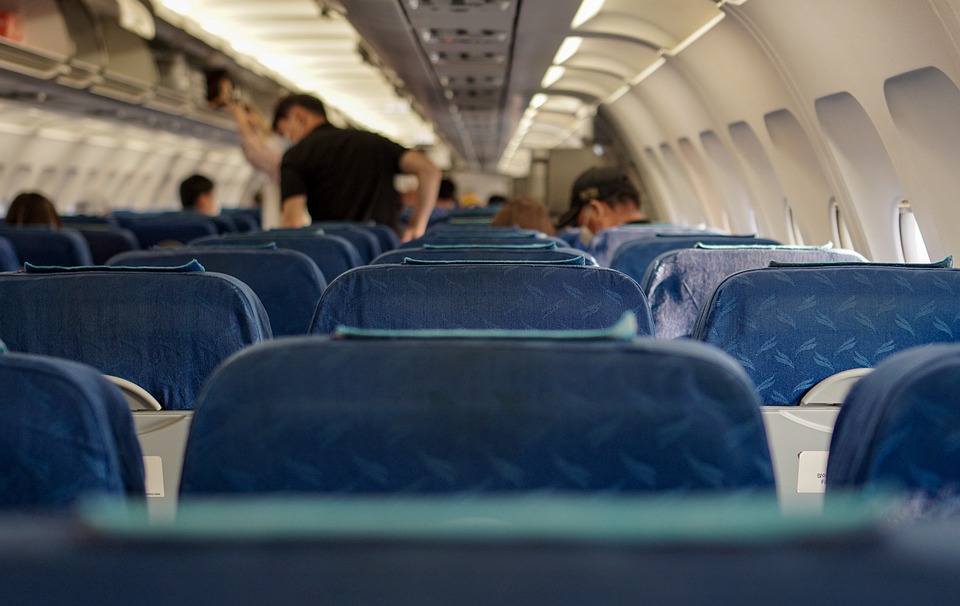A team of researchers from Ohio State University has developed a device that allows people to remotely taste flavors through a process of microfluidics. In a study published in the journal Science Advances, volunteers were able to taste samples of coffee, lemonade, fried eggs, cake, and fish soup from a distance.
The device, which resembles a set of sauce packets connected to a tube, uses miniature pumps to transmit flavors when a sensor is dipped into a fluid far away. The researchers suggest that this technology could have applications in virtual cooking experiences, online grocery shopping, and sensory enhancement for those with impairments.
While the device may seem cumbersome in its current form, the team is working on miniaturizing it and exploring additional features such as simulating food textures through vibrations on the tongue and incorporating scents for a more immersive experience. They have demonstrated that volunteers were able to accurately identify different tastes generated through chemical recipes, although certain tastes are more difficult to simulate than others.
Overall, the researchers believe that the ability to remotely taste and smell different foods could revolutionize the way we experience flavors from a distance. While still in the early stages of development, the potential for this technology to enhance virtual reality and sensory perception is promising.
Note: The image is for illustrative purposes only and is not the original image of the presented article.




